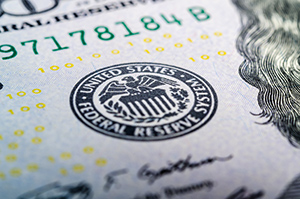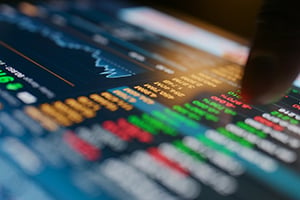One of the key indicators I follow is consumer confidence. With more than two-thirds of the economy based on consumer spending, confidence is the key determinant of growth, even more so than jobs. Yes, jobs are important—you can’t spend money if you’re not making it. But to spend the extra money that kicks growth up another notch, you need to have the job and feel confident enough to spend.













